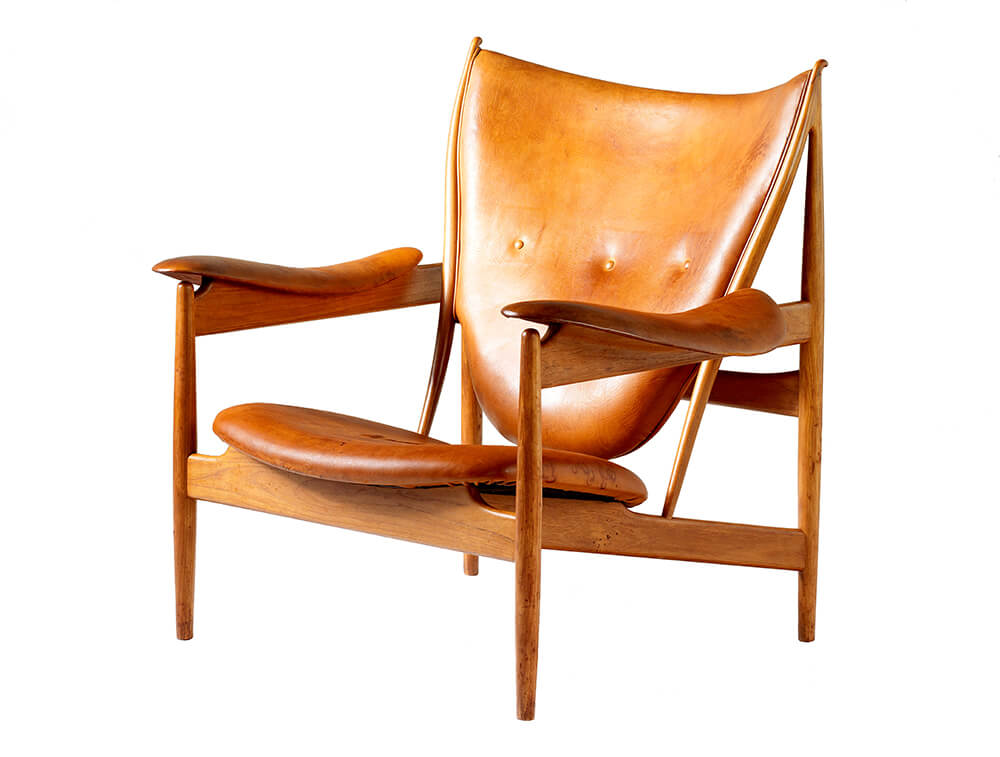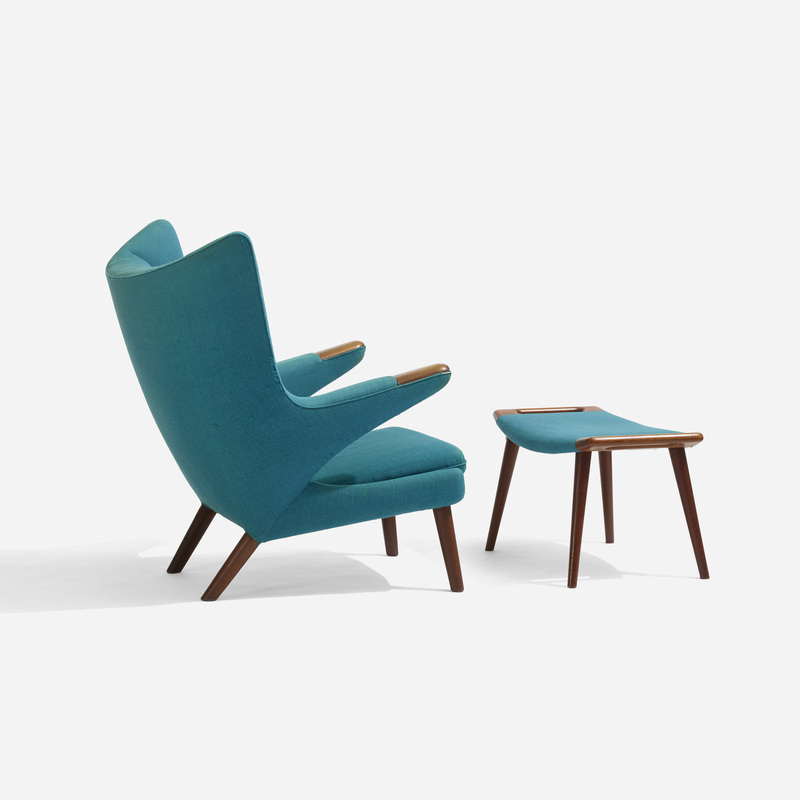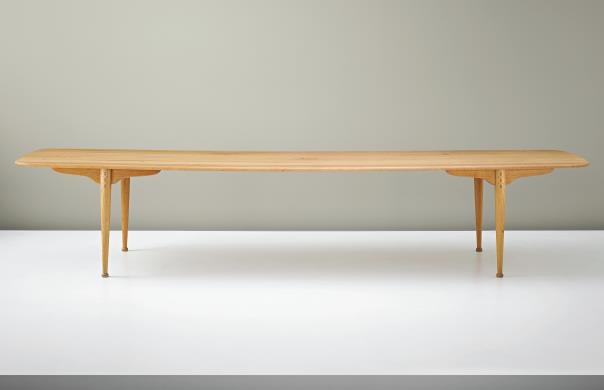Thank you, James Zemaitis for delivering the most invaluable and fascinating talk on collecting Danish chairs this morning. A part of the course I teach on collecting design at the New York School of Interior Design, in this session, devoted to Scandinavian furniture, we focused on the postwar years, when Scandinavian furniture burst on to the international market, introducing new and modern principles of design. This furniture had come to capture the popular imagination, and had tremendous impact on transforming the taste of middle-class America away from antiques. James analyzed the market for such iconic chairs imported in large numbers to this country as Hans Wegner’s Valet Chair and Papa Bear Chair, versus rare examples, which have not been a part of the importation program, such as Finn Juhl VN 44. He elaborated on the various editions, materials, and craftsmen who created Finn Juhl’s famed Chieftain Chair, and then presented issues of marketing and packaging Scandinavian furniture by various auction houses, analyzing how these techniques affect and determine results. We covered issues of re-editions and fakes, particularly following the rise of popularity of those chairs designed by Philip Arctander (above). James concluded with discussing the intriguing work of Danish craftsman-designer Peder Moos, whose expressive, meticulously crafted, and complex furniture has been promoted by Copenhagen-based auction house Bruun Rasmussen, resulted in the dining table crafted by Moos for a special commission of Villa Aubertin in Nakskov Fjord (1952), which recently fetched £602,500 at Phillips London. Scandinavian furniture certainly has its moment and educating ourselves in this material has never been more important.





